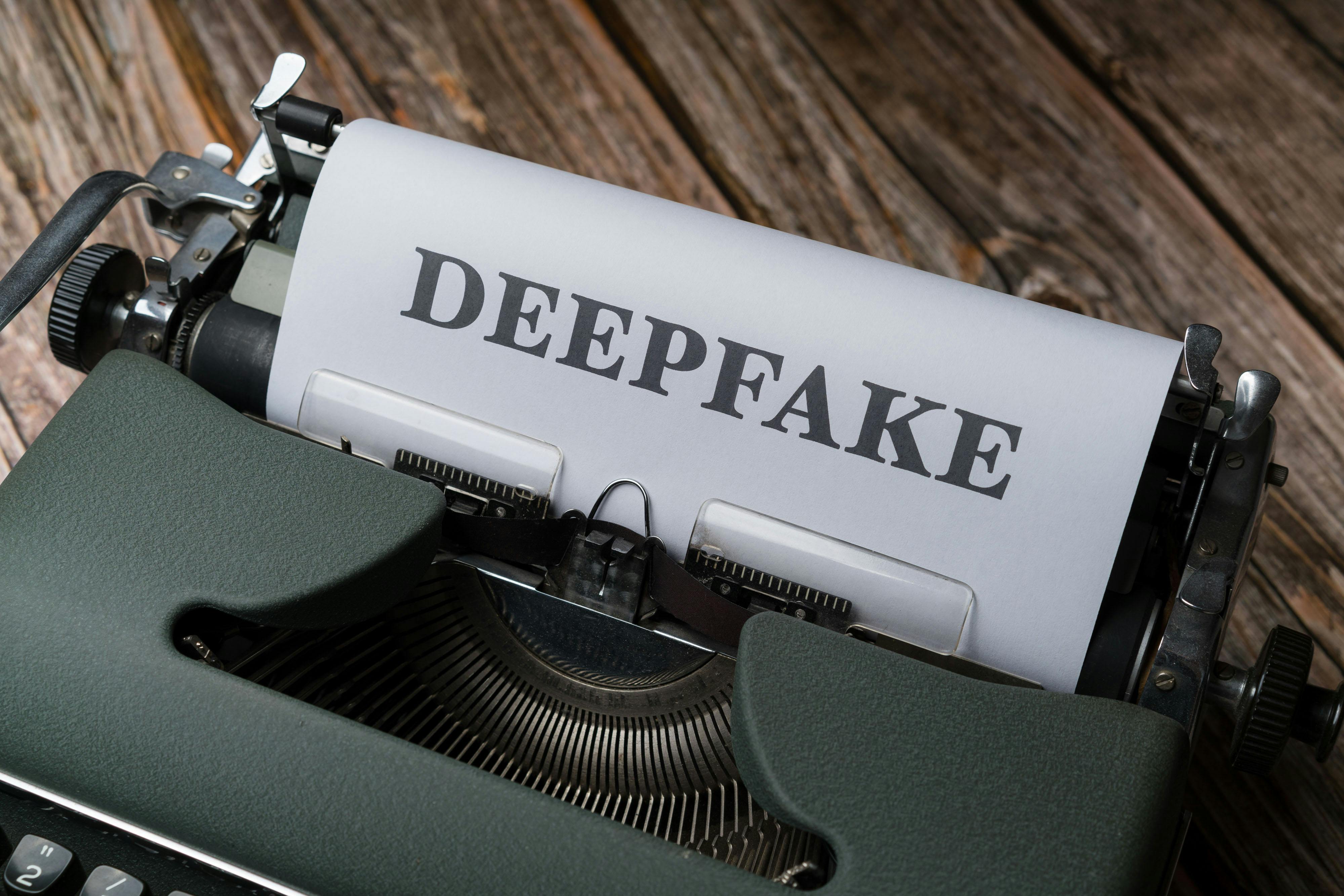
Artificial Intelligence (AI) has revolutionized numerous industries, and one of the most intriguing yet controversial advancements is deepfake technology. Deepfakes leverage AI and machine learning to create hyper-realistic but fabricated images, videos, and audio, often making it challenging to distinguish between real and fake content. This blog explores the latest developments in deepfake technology, its applications, and the ethical dilemmas it presents.
Deepfake technology primarily relies on deep learning algorithms, specifically Generative Adversarial Networks (GANs). GANs consist of two neural networks: the generator and the discriminator. The generator creates fake content, while the discriminator evaluates its authenticity. Through continuous training, GANs can produce increasingly realistic content that can mimic real human faces, voices, and movements.
Recent advancements have significantly enhanced the realism of deepfakes. High-resolution video generation and more accurate facial expressions are now possible, making deepfakes nearly indistinguishable from genuine footage. Researchers are constantly refining GANs to improve the quality and reduce the artifacts that once made deepfakes easily detectable.
Voice cloning technology has also seen substantial progress. AI can now replicate a person’s voice with minimal audio samples, allowing the creation of realistic audio deepfakes. This technology has implications for entertainment, customer service, and even cybercrime, as cloned voices can be used to deceive individuals or authenticate fraudulent transactions.
Real-time deepfake generation is a significant breakthrough. With powerful GPUs and optimized algorithms, it is now possible to create deepfakes on-the-fly during live video streams. This capability opens up new possibilities for virtual meetings, online gaming, and live entertainment, but it also raises concerns about real-time misinformation and identity theft.
Deepfakes have found a prominent place in the entertainment industry. Filmmakers use deepfake technology to recreate deceased actors, de-age characters, or create entirely fictional personas. This technology offers creative freedom and cost savings, revolutionizing the way movies and TV shows are produced.
In education and corporate training, deepfakes can create realistic simulations for various scenarios. For instance, medical students can practice surgeries on virtual patients, and employees can undergo realistic cybersecurity training. These applications enhance learning experiences and improve skill acquisition.
Marketers are exploring deepfake technology to create personalized advertisements. By using AI to generate tailored content featuring celebrities or influencers, brands can engage their audience more effectively. Personalized video messages can significantly boost customer engagement and brand loyalty.
Despite its promising applications, deepfake technology raises serious ethical and security concerns:
The ability to create convincing fake content poses a threat to information integrity. Deepfakes can be used to spread misinformation, manipulate public opinion, and incite violence. Identifying and combating deepfake-based disinformation is a growing challenge for governments and tech companies.
Deepfakes can infringe on individuals' privacy by using their likeness without consent. The unauthorized use of someone’s face or voice can lead to reputational damage, blackmail, or even financial fraud. Legal frameworks are struggling to keep pace with these ethical dilemmas.
To counter the threats posed by deepfakes, researchers are developing advanced detection tools. AI-based deepfake detectors analyze subtle inconsistencies and artifacts that are often present in deepfakes. However, as detection methods improve, so do the techniques used to create undetectable deepfakes, leading to an ongoing arms race between creators and detectors.
AI deepfake technology is a double-edged sword, offering innovative solutions and raising significant ethical concerns. As this technology continues to evolve, it is crucial for society to balance its benefits with the potential risks. Policymakers, technologists, and the public must collaborate to ensure that deepfake technology is used responsibly and ethically, safeguarding the integrity of information and protecting individual privacy.
Stay informed about the latest advancements in AI and deepfake technology to navigate the complex landscape of digital media and ethics.